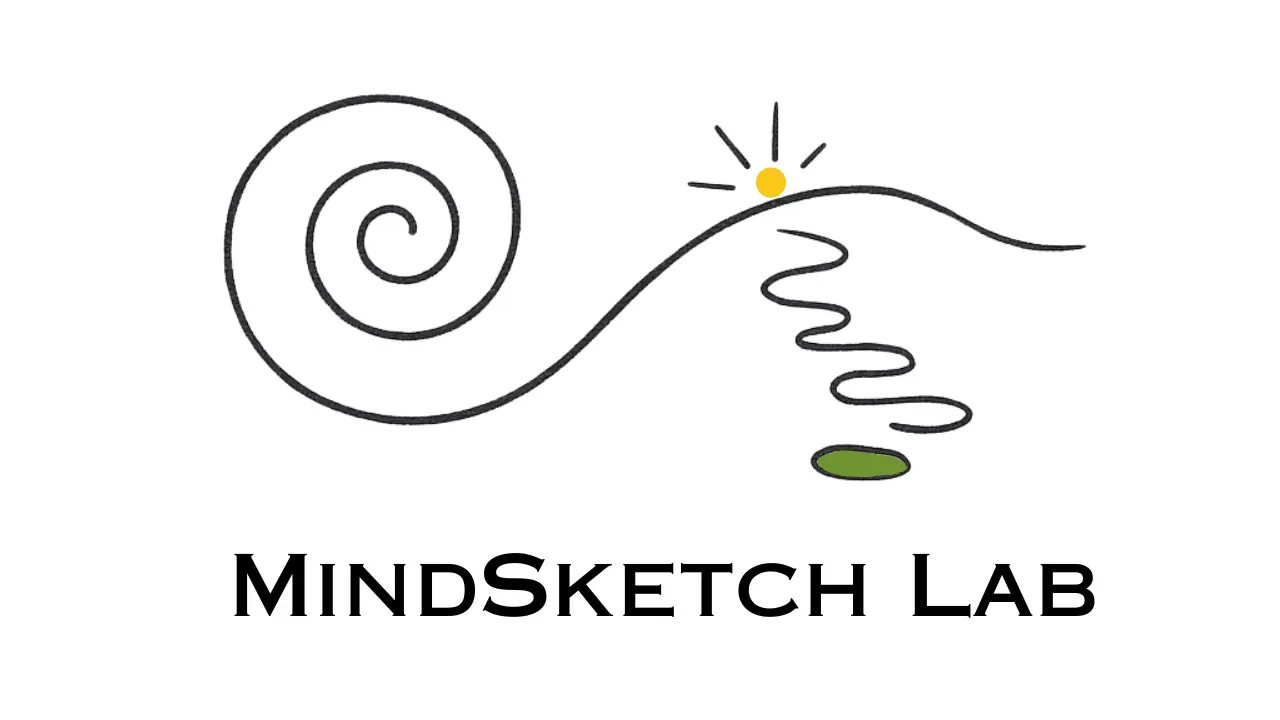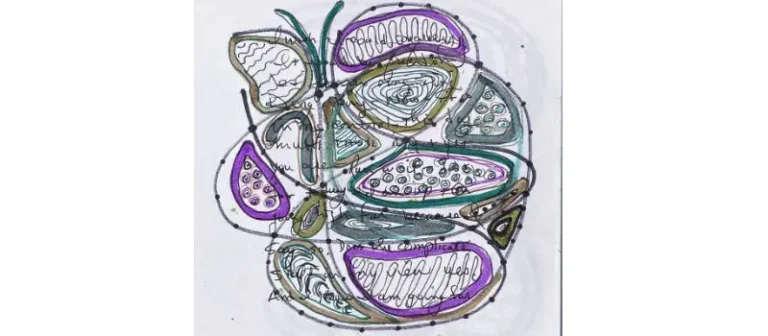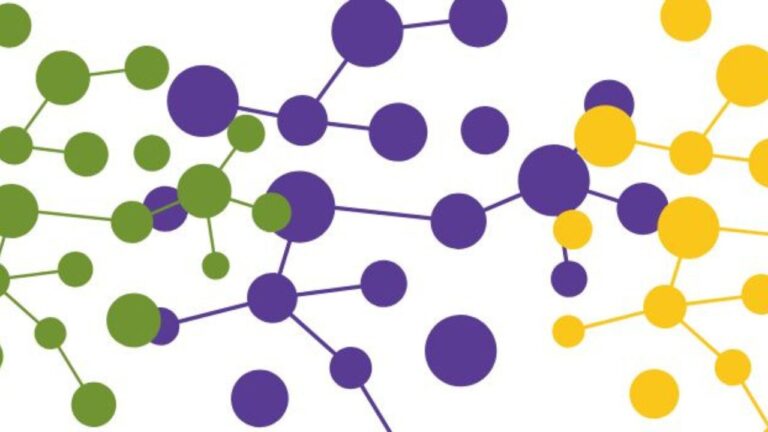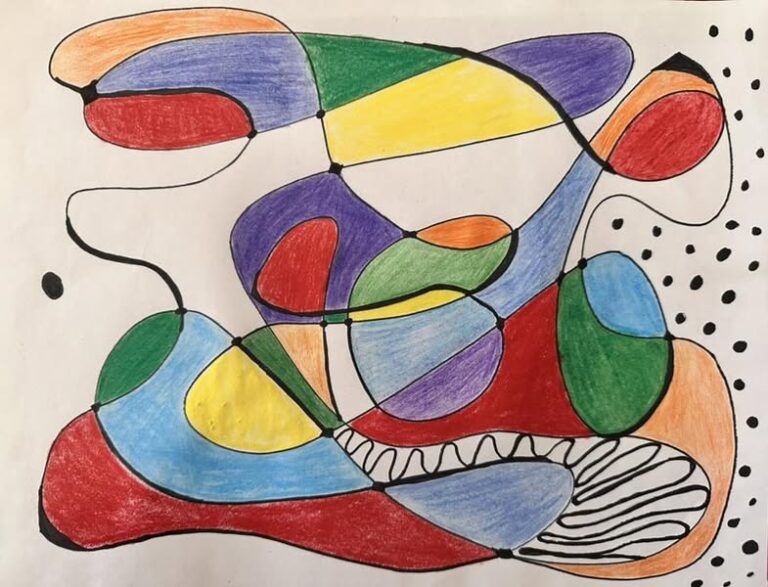No Words? No Problem | Vent by Drawing Lines

I wrote No Words? No Problem | Vent by Drawing Lines because I am tired of using the same old words without relief. Are you tired of hearing the sound of your own voice too?
I get that drawing lines for stress management sounds nutty, it works though! Like magic.
Ever feel like you’re about to explode, you know the flashes of rage that come and go with all the crap attached. How often does screaming and throwing stuff work- or worse? When words aren’t working screaming into a pillow just doesn’t cut it.
That’s where Vent Art comes in — a way to pour out big, hard, messy feelings without needing to explain them. And when I discovered Neurographic Art, it gave my venting a shape that helped me regulate, not just release.
Therapists have long invited kids to draw their feelings — even their traumas — with crayons. Not to analyze it, but to externalize it. Because the moment something moves out of the body and onto the page, it becomes safer to work with.
Neurographic art offers that same gift — but for adults. It lets you move your emotions without performing them. Writing a few words and drawing some lines is soothing, honest and revealing.
It astonishes me so many people poo-poo this exercise before they try it. I don’t know why spending a few quiet minutes during your morning routine to guard against stress and overwhelm during your day is so off-putting.

The 5 Benefits of Neurographic Art

Get 7 Days of Prompt Pairs!
✅ Gently quiet your racing thoughts
✅ Reconnect with yourself
✅ Release hidden emotions
✅ Feel lighter, clearer, and more grounded—starting today
Neurographic Art Line Drawing Gives the Chaos a Shape
Neurographic lines — curved, overlapping, unpredictable — can mirror the swirl of anger, confusion, or grief that’s hard to name. You don’t have to know why you feel the way you do. You just need to give it a container.
If you are curious and want to learn more I came across an interesting read in Science Direct talking about art therapy and emotional regulation.
Drawing Lines Regulate the Nervous System
That repetitive drawing? It’s not just relaxing — it’s regulating.
Studies show that creative hand movement lowers cortisol (the stress hormone), while the soft, looping nature of neurographic art activates your parasympathetic nervous system — the one that says, we’re safe now.
High cortisone levels can be dangerous.
“Cortisol is your friend,” Dr. Fricchione said, “until there’s too much of it.” Cortisol is the stress hormone that surges and causes all the symptoms we associate with “fight or flight”. This hormone is produced by your adrenal glands. Think of cortisol as your body’s built-in alarm system.

I wrote an article called How Our Mental Health is Affected by Our Home Clutter. In this post I write about the dangers of Elevated levels of cortisol.
There’s No Right or Wrong Way to Vent by Drawing Lines
This matters. Because when you’re emotionally raw, perfectionism is the enemy of processing.
With vent art, everything belongs. Perfectionism is the enemy. Draw outside the lines. What the drawing looks like does not matter in the least.
I decided many years ago I was done with perfectionism. I now consider myself to be a recovering perfectionist. My first act of rebellion was to leave dirty dishes in the sink. This was difficult and required breaking a life-long habit.
What I came to find about leaving a few dishes in the sink was nobody was harmed and the quality of my life did not change an iota because I left a few rinsed out mugs and maybe a plate or two in the kitchen sink. This was telling.
Draw some curvy lines, or chaotic, jagged lines that you can then smooth out. This all counts to help you become less distracted.
Art Journaling Interrupts Rumination Loops

You know that thought spiral that keeps repeating — even after you’ve talked it to death?
Drawing interrupts that. Not with insight, but with presence. When your hand is moving, your mind doesn’t have to overanalyze. You just get to be for a moment.
When I have my pen positioned over my open sketch book something shifts. When I start writing words or drawing lines real change happens. My mucsles loosen, my jaw relaxes, these are all real things that promote better health- mental and physical. This is not voodoo magic.

Vent by Drawing Lines Transforms Without Pushing
Here’s the quiet magic: transformation happens not through force, but through facing.
Each time you draw your way through discomfort instead of running from it, you practice resilience.
Most of us can’t avoid all the challenges life can offer. I have learned that avoidance, ignoring stuff and the negative impact it has on us only hurts me more. There is simply no way around these challenges except to be proactive.
Being proactive means taking the time to figure out exactly what is keeping you stuck, hurting you, keeping you small, and then working through to find the solutions. Because there are solutions to almost everything we run up against. We just may not like the answers.
It is totally worth it though to get through the slog until you come out on the other side. This is how venting by drawing lines can work. Art journaling is a free, precious thing we almost never think to utilize.

Whether you take 5 minutes a day, or longer, to set an intention, write a few words and draw a few lines – the benefits will come. I believe all the answers we are looking for are inside us all. Julia Cameron in her book The Artist Way says we just have to ‘excavate’ the answers.
Drawing lines and art journaling reminds your nervous system that you can feel whatever is stressing you out — and carry your intention to soften the stress with you throughout your day. What a gift this is.
You don’t need to make meaning of it all. You just need to show up with a pen and sketch pad. A piece of printer or scrap paper will do too.
Don’t Underestimate What Drawing Lines Can Hold
I am softening the sharp intersections where the lines meet with a blue marker in this illustration.

This isn’t about art. It’s about giving yourself permission to feel, to move, to let go.
“We are incredibly resilient when we’re allowed to face the hard stuff with softness.”
If that’s what you need right now, try this:
- Draw one wild, messy, curved line.
- Let it cross itself.
- Round off the sharp angles.
- Add color if you want. Or don’t.
- Stay with it for five minutes.
You don’t have to feel better instantly.
You just have to stay present with yourself for a moment longer than you thought you could.
For a step by step guide check out Create Your First Neurographic Art Step-by-Step for Beginners
And if you want support, simple prompts, and a whole lot more check out the MindSketch Lab.


Marj Bates has spent years helping people clear both mental and physical clutter. A lifelong artist and peace-seeker, she now blends some neurographic art with words and other tools gathered from her favorite practices into one gentle space –The MindSketch Lab
Bring your stuckness, your unsettled mind, and a sketch pad and start moving forward. Learn how to quiet the noise, fears and doubts in your mind and release what’s holding you back.. No art skills required — promise.
Art journal your way to clarity with us: MindSketch Lab on Facebook
Free starter pack + more at The MindSketch Lab







